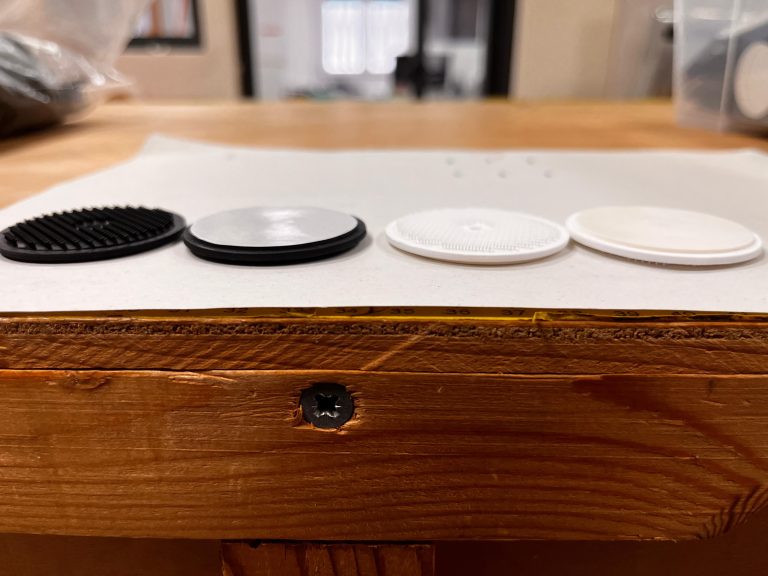Vertus Yachts has chosen Valerio Rivellini for the design and naval architecture of its new range of super-innovative full-electric daycruisers, which mark a revolution in the nautical world.
Although Rivellini is not part of the management, he has a key role in the project. The owner of the homonymous studio based in Naples, whose work has been distinguished by the heterogeneity of his projects in terms of lines, sizes and typology, will also supervize and coordinate each phase of the project and of the production.
This includes the relationships with suppliers and the integration of the parts during the construction of Vertus Yachts’ daycruiser.
Nautical innovation
“We choose to rely on Rivellini because we are sure that his background as a designer and a naval engineer with solid and eclectic experience is the ideal basis to coordinate every single aspect of our innovative project. In addition, of course, we have always appreciated Valerio’s original design for its refined yet simple features and for the great attention to functionality“, commented CEO of Vertus Yachts Fabio Galdi.

Rivellini, who recently celebrated the opening of a new headquarters in Palazzo Berlingeri in the heart of Naples, added:
“Taking part in this project means contributing to an important page in nautical history while getting deeply involved with a variety of boats that I appreciate on a personal level. The coordinating role entrusted to me by the shipyard, which is not limited to design, is an honor and a great responsibility that I will carry out with the help of my studio’s team.”
About the first model
The boats will be built at a third-party shipyard, based in Campania, commissioned by Vertus Yachts.
The first model, a 43-foot super-perfomant and hyper-technological yacht, is destined to debut for the American market.
It uses two permanent magnet electric motors of 250kW power each, a battery pack over 640 kWh and a proprietary SEM (Smart Energy Management) system based on AI (Artificial Intelligence) to reach an expected top speed of 34 knots and a range of up to 4 hours between 20 to 22 knots (cruising speed).
An onboard thermal engine functions as a quick battery charger and backup reserve to increase the yacht’s navigational autonomy by 200 to 300 NM based on the fuel tank capacity.
The launch is set for next Fall.







